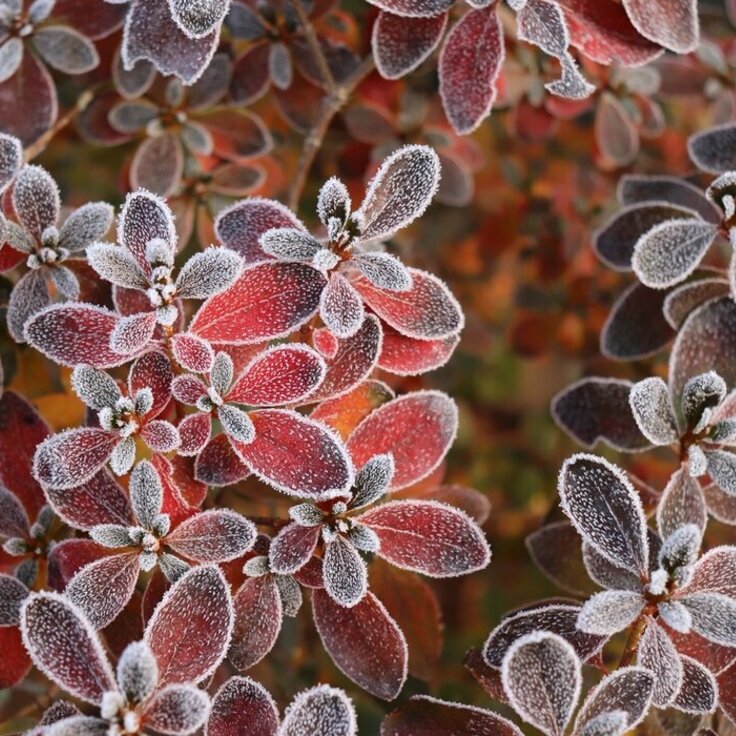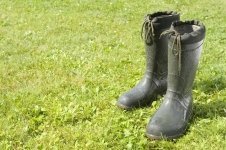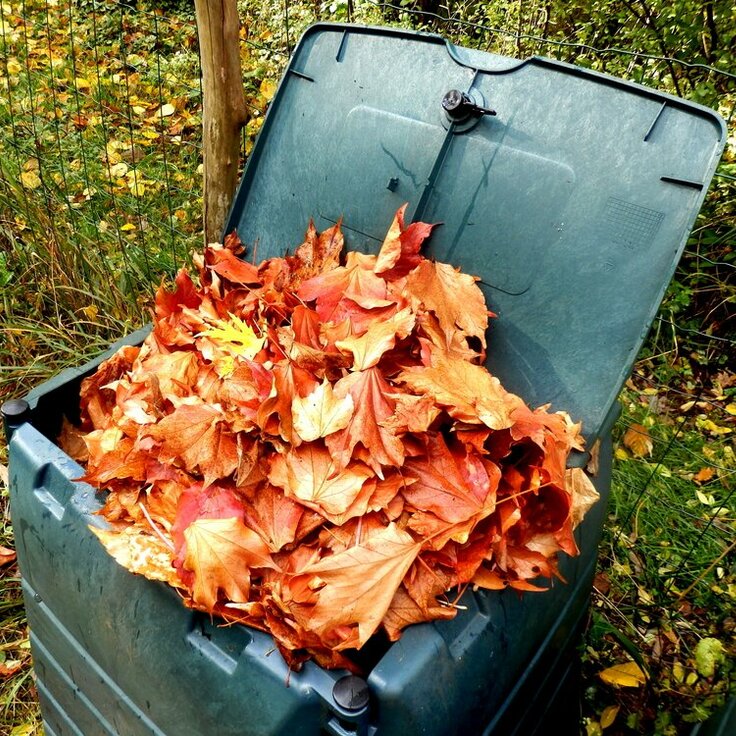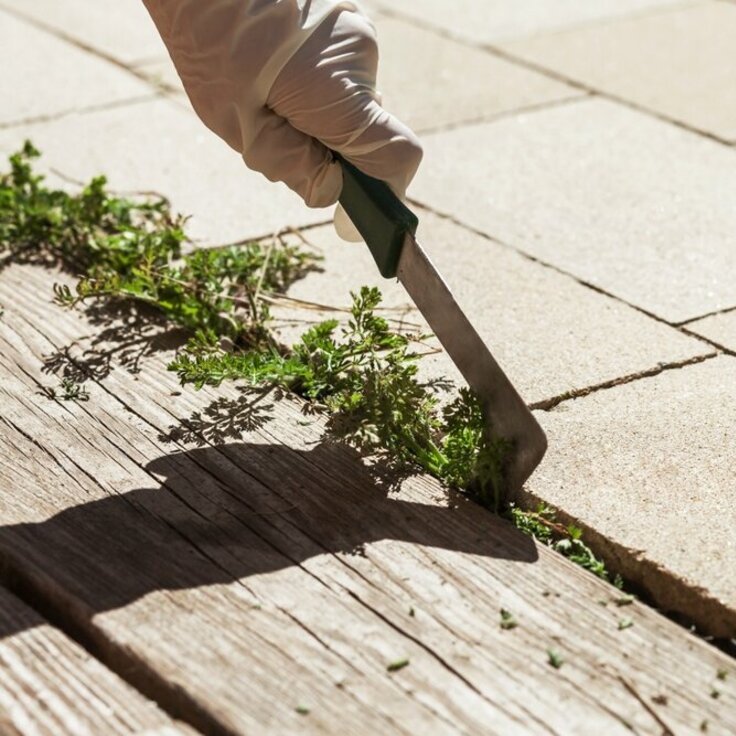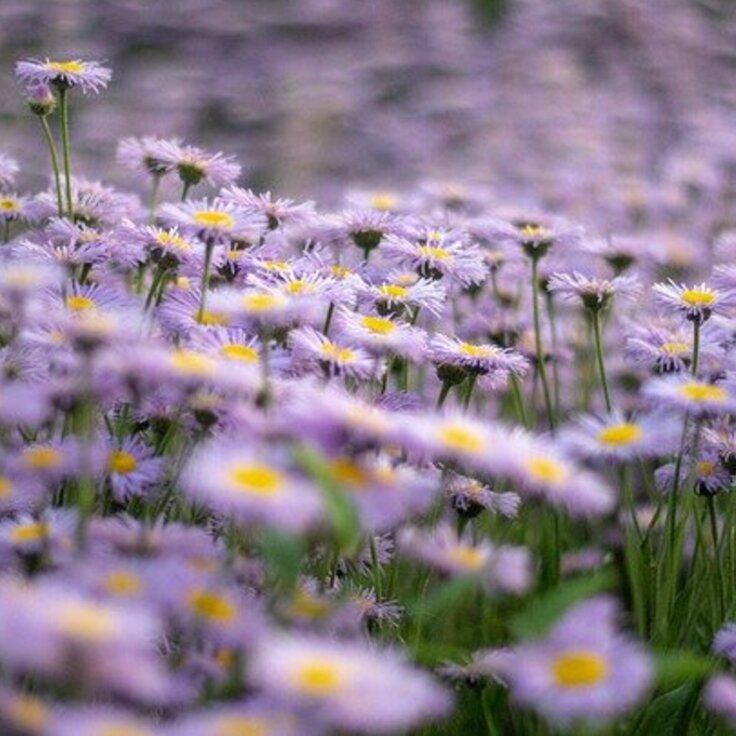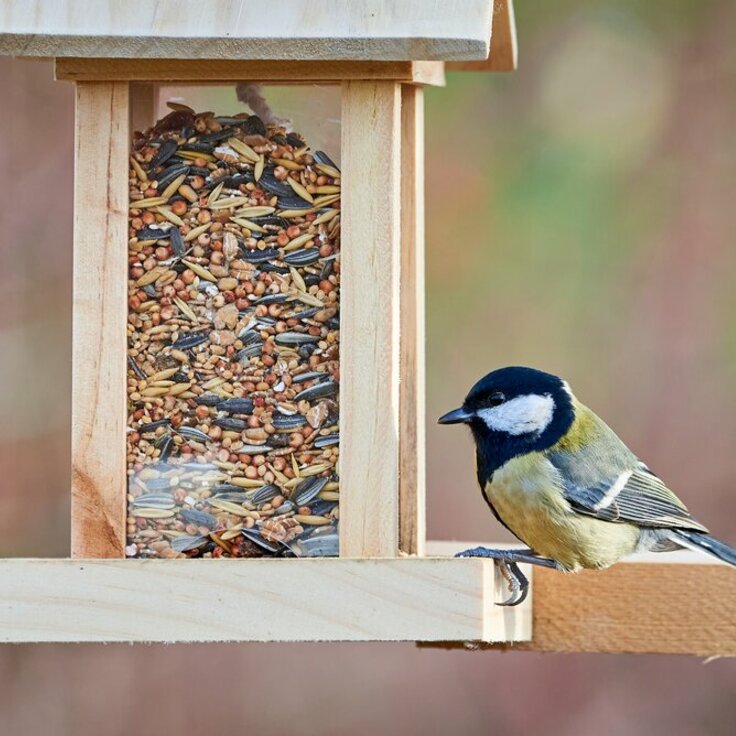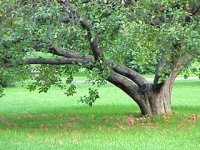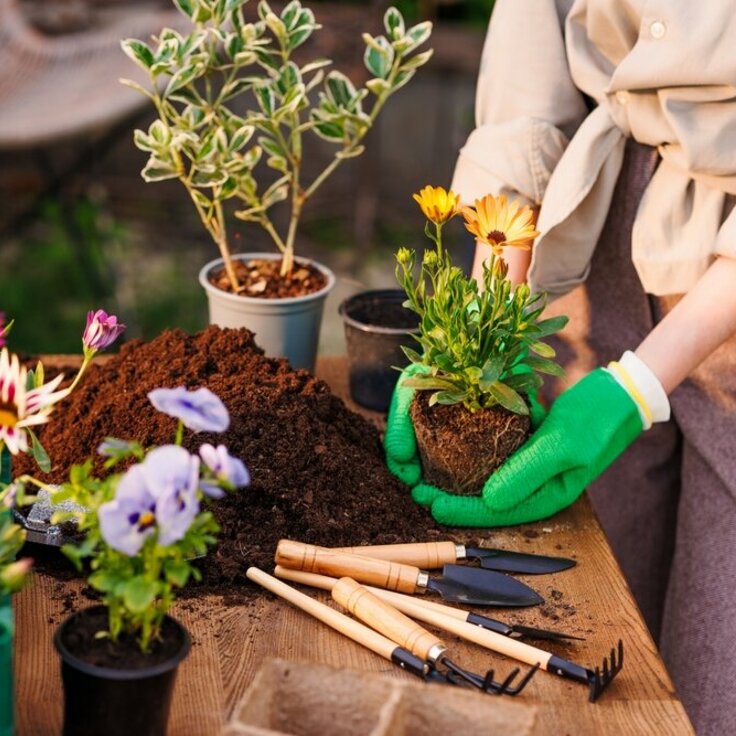End of Winter Prep
The days are short, the ground is cold, and most vegetable gardens are dormant. But that’s no reason to neglect them. A little prep now can give gardeners a head start on a productive spring. And the best part is, some of the planning can take place while you’re cuddled up with a cup of tea next to the fire.
Design the Landscape
Most yards look bleak this time of year, but their barren state is useful. It offers a perfect blank slate for dreaming and planning for the future. Without the greenery, it’s easier to assess the perfect place for a pond, bench, greenhouse, path, arbor, or other desired garden elements. Winter afternoons are perfect for flipping through gardening books and magazines and creating a project dream list with long- and short-term gardening goals. And as an added bonus, research suggests envisioning greenery may help combat winter blues.
Tips for productive planning sessions:
• If you’re in a new location, it’s best to spend a year watching the landscape before planning changes. Notice the movements of sun, shade, wind, and moisture.
• Think about what will fit your lifestyle best. Is the lawn too labor intensive? Should the veggies and compost be close to the kitchen?
• Create a big vision. Ask a landscape designer or permaculture expert for help, if necessary.
• Consider building the garden around a focal point. A bench, tree, sculpture, pond, or other dynamic feature can jumpstart a design.
• Break projects into small, doable tasks. Big changes often paralyze.
Make a Blueprint
Making planting decisions is usually the most difficult part of gardening for newbies, and can flummox even experienced gardeners. It’s best to get started on garden planning well before the growing season.
A garden journal is an invaluable gardening tool, and the winter months are a great time to start one. By keeping track of the types of vegetation, when they’re planted, how they’re fertilized, the weather, and successes and failures, gardeners become their own best teachers. It’s also worth investing in a comprehensive region-specific gardening book.
With the help of the reference book and notes on what worked well in the past, decide what to grow this spring. Make a list of plant varieties and when they need to be planted. If the seeds should be started inside, note that date too. Sketch the shape of the garden, and assess the best place to plant each crop based on sun exposure, plant height, timing, and past experience. Make notes about recommended fertilization and care instructions for each plant. Finally, pencil in planting dates on a calendar or appointment book. This detailed blueprint will be priceless once the earth is ready for digging.
Assess the Seed Stock
Once landscape and garden plans are in place, it’s time to assess seed stock, discard any old seeds, and make a list of seeds that need to be reordered. If seeds are stashed in the bottom of a junk drawer or the storage method is otherwise unruly, it’s also a good time to devise an organization system. Narrow-lidded file boxes or mason jars make good seed storage containers. Be sure to add a desiccant to absorb moisture. (Make one by filling a small cloth bag with rice or powdered milk.)
Gardeners differ on the best way to organize seeds. Some organize alphabetically by crop type, others by season and sowing dates. The key is to experiment and see what works best for you.
Read more from fix.com

